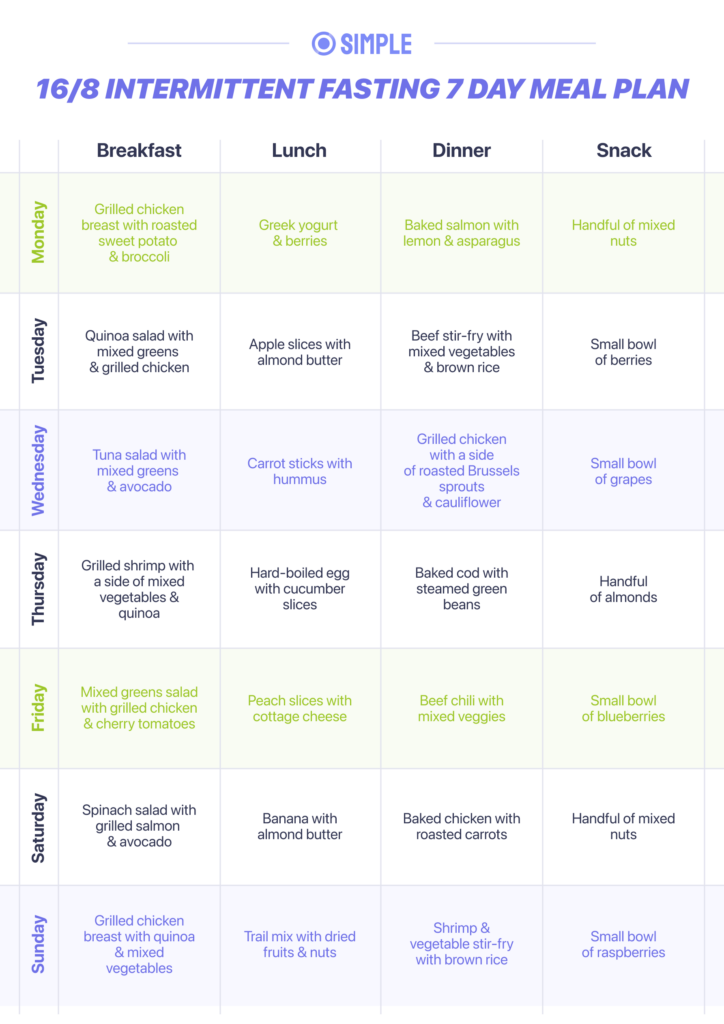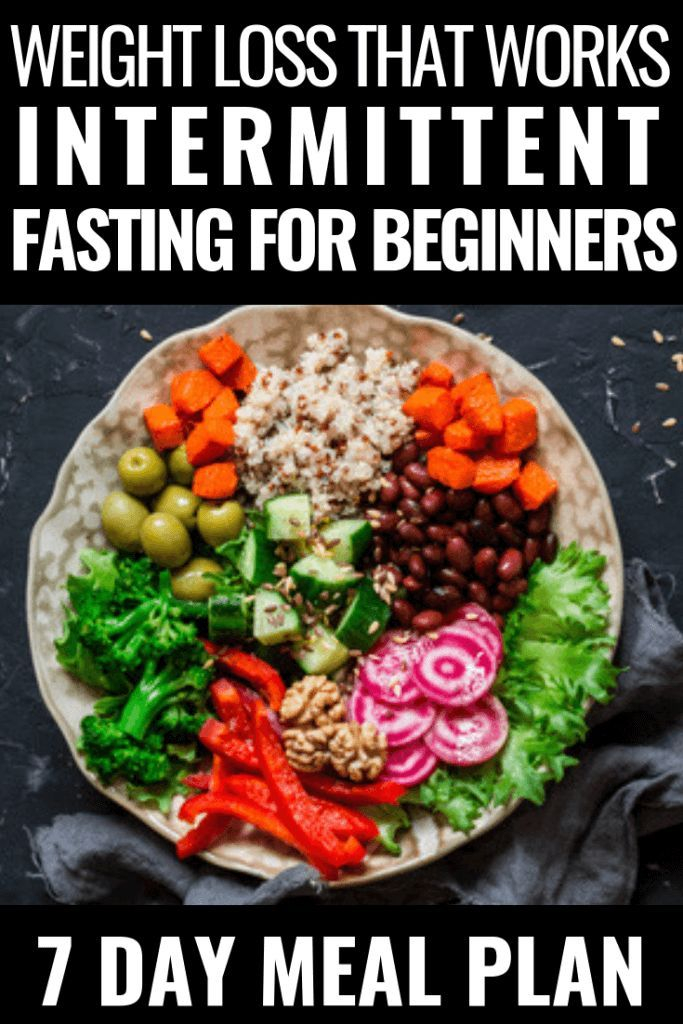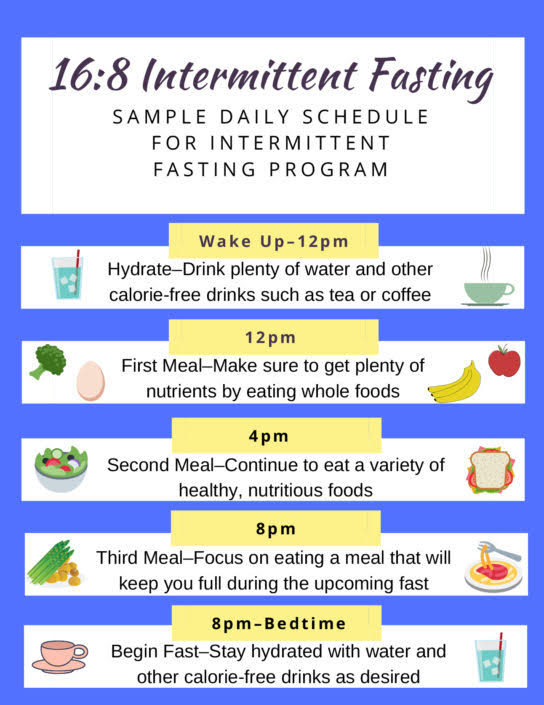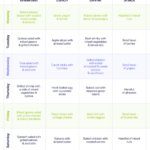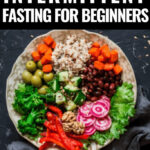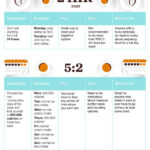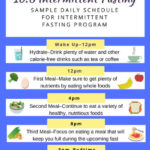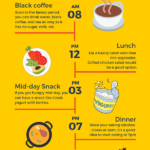16/8 Intermittent Fasting Plan has actually gotten significant appeal as a dietary approach for weight-loss, improved metabolic health and wellness, and potentially raised long life. Unlike traditional diet regimens that focus on what to consume, intermittent fasting is all about when you eat. This overview will check out different methods of intermittent fasting, its benefits, exactly how to start, what to eat, and ideas for success.
Kinds Of 16/8 Intermittent Fasting Plan
The 16/8 Method
The 16/8 method includes fasting for 16 hours each day and eating all your dishes within an 8-hour home window. For example, you may consume between noontime and 8 p.m., after that fast up until twelve noon the next day. This method is preferred as a result of its simplicity and sustainability.
The 5:2 Diet
In the 5:2 diet, you consume generally for five days of the week and restrict your calorie intake to 500-600 calories on the other 2 days. This allows for significant calorie decrease without constant limitation.
The Eat-Stop-Eat Method
The Eat-Stop-Eat method includes fasting for 24 hours once or twice a week. For instance, you might fast from dinner eventually to dinner the next day. This method can be challenging however reliable for weight loss.
Alternate-Day Fasting
As the name recommends, alternate-day fasting entails fasting every other day. On fasting days, some people consume no food in all, while others take in a small amount (around 500 calories).
The Warrior Diet
The Warrior Diet entails eating small amounts of raw vegetables and fruits during the day and having one big meal in the evening. This technique simulates the eating patterns of ancient warriors and highlights all-natural, unprocessed foods.
Spontaneous Meal Skipping
For those that choose a less structured strategy, spontaneous meal skipping includes missing dishes when convenient. If you’re not starving or too busy to consume, you just miss a meal and enable your body to fast.
Exactly How to Start 16/8 Intermittent Fasting Plan
Selecting the Right Method
Consider your lifestyle, timetable, and objectives when choosing 16/8 Intermittent Fasting Plan method. Start with an approach that seems workable and change as needed.
Setting Realistic Goals
Set achievable and quantifiable goals. Whether it’s reducing weight, enhancing metabolic health, or increasing power degrees, clear objectives will aid you remain encouraged.
Preparing Your Body
Transition slowly right into intermittent fasting. Begin with much shorter fasting periods and gradually boost the period as your body adapts. Listen to your body and readjust as necessary.
What to Eat During Eating Windows
Well balanced Meals
Focus on nutrient-dense foods throughout your eating home windows. Include an equilibrium of healthy protein, healthy and balanced fats, and fiber-rich carbs. Instances include lean meats, fish, eggs, vegetables, fruits, nuts, seeds, and whole grains.
Foods to Avoid
Limitation processed foods, sweet treats, and drinks. These can create power spikes and crashes, making it more difficult to stay with your fasting routine.
Hydration
Keep moisturized by drinking lots of water. Other acceptable beverages include herbal teas and black coffee. Hydration is crucial for maintaining energy degrees and general health.
Handling Hunger and Cravings
Remaining Busy
Take part in activities to distract on your own from hunger. Exercises, leisure activities, and social interactions can keep your mind off food.
Consuming alcohol Water
Drinking water can aid handle cravings. Often, thirst is misinterpreted for appetite, so remaining moisturized can decrease unnecessary snacking.
Eating High-Fiber Foods
Eat high-fiber foods throughout your consuming windows to help you really feel complete much longer. Foods like veggies, fruits, vegetables, and entire grains are exceptional options.
Conscious Eating
Technique mindful consuming to boost meal complete satisfaction. Focus on the tastes, textures, and scents of your food. This can aid protect against over-eating and enhance your total partnership with food.
Advantages and Potential Side Effects of 16/8 Intermittent Fasting Plan
Wellness Benefits
16/8 Intermittent Fasting Plan provides numerous health and wellness advantages, including weight loss, improved insulin sensitivity, and enhanced mind function. It can also promote mobile repair work procedures and reduce swelling.
Possible Side Effects
While intermittent fasting can be beneficial, it might create initial cravings, impatience, and possible nutrient shortages. To reduce these adverse effects, guarantee your diet is well balanced and pay attention to your body’s requirements.
Tips for 16/8 Intermittent Fasting Plan Success
Consistency
Consistency is essential to the success of intermittent fasting. Stay with your chosen plan and make it a part of your day-to-day regimen.
Tracking Progress
Use journals or apps to monitor your development. Tracking your fasting times, meals, and physical modifications can assist you remain determined and make necessary changes.
Support System
Engage with communities or locate a fasting pal. Sharing experiences and suggestions with others can offer inspiration and liability.
Usual Myths and Misconceptions
Hunger Mode
16/8 Intermittent Fasting Plan is often puzzled with malnourishment. Unlike malnourishment, intermittent fasting is controlled and intended, with the goal of enhancing wellness and body structure.
Muscle mass Loss
Worries concerning muscular tissue loss prevail, yet with appropriate nourishment and strength training, intermittent fasting can assist protect muscular tissue mass while advertising fat loss.
Skipping Breakfast
The myth that breakfast is the most important meal of the day is debunked by intermittent fasting. It’s even more about when you consume as opposed to adhering to traditional meal times.
That Should Avoid 16/8 Intermittent Fasting Plan?
Medical Conditions
People with particular medical problems, such as diabetes or eating problems, need to seek advice from a medical care specialist before starting intermittent fasting.
Expectant and Breastfeeding Women
Fasting may not be suitable for expecting or breastfeeding women, as they require consistent nourishment for their wellness and the health and wellness of their child.
Individuals with High Physical Activity Levels
Professional athletes or those with high physical activity degrees need to carefully consider their power requirements and might need a customized fasting technique.
Conclusion
Intermittent fasting provides a flexible and efficient method to boosting health and achieving fat burning objectives. By selecting the right approach, concentrating on well balanced meals, and staying consistent, you can effectively integrate intermittent fasting into your way of life. Bear in mind to pay attention to your body and readjust your plan as required.
Latest Meal Plan for 16/8 Intermittent Fasting Plan
Additional Resources
Publications and Articles
- “The Complete Guide to Fasting” by Dr. Jason Fung
- “Fast. Banquet. Repeat.” by Gin Stephens
Applications and Tools
- Zero (fasting tracker app)
- MyFitnessPal (meal and calorie monitoring app)
Community Support
- On the internet forums and social networks teams, such as Reddit’s r/intermittentfasting and Facebook groups dedicated to fasting.

